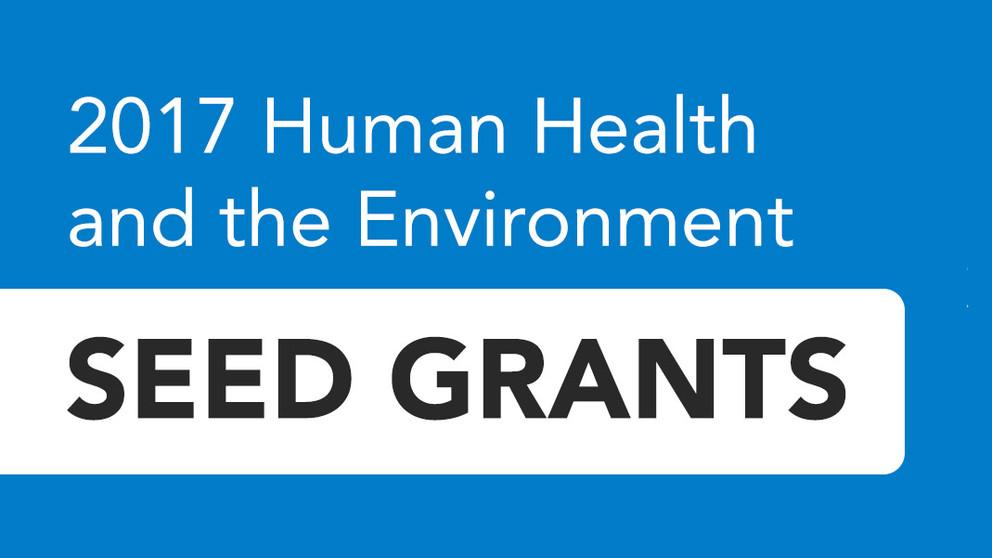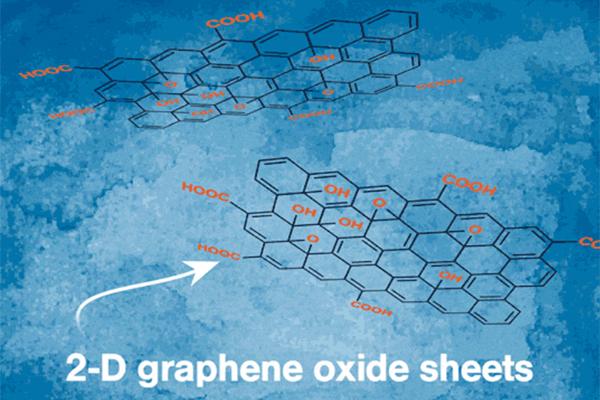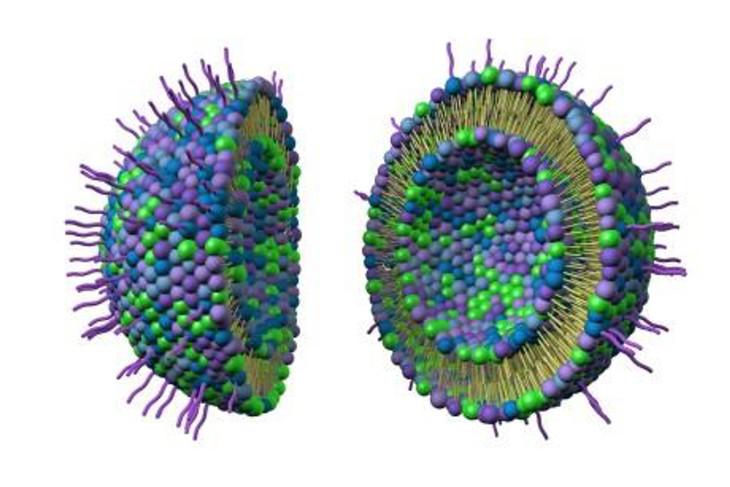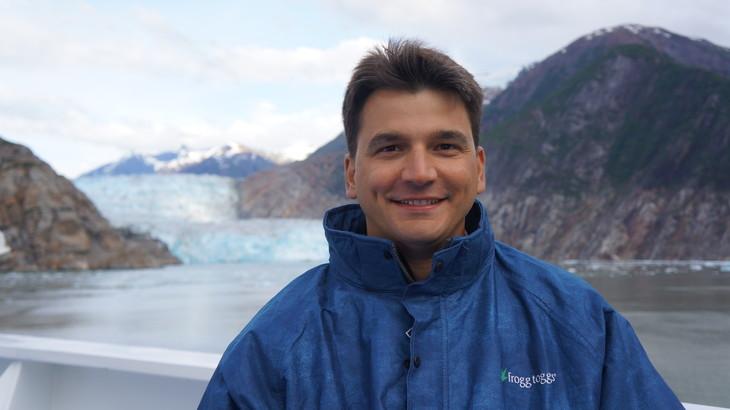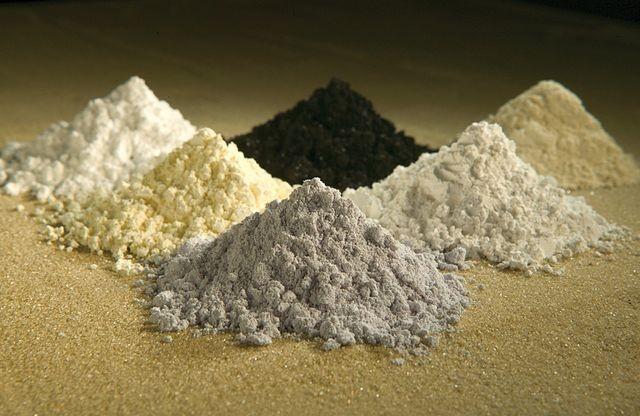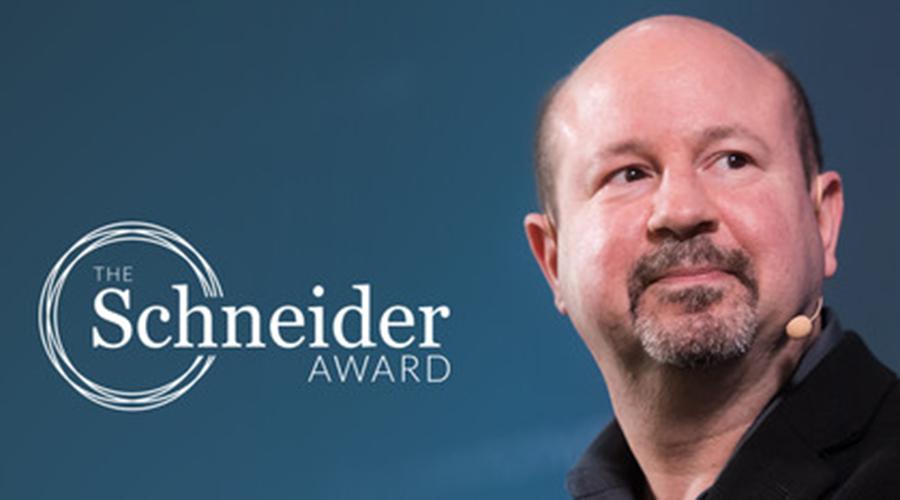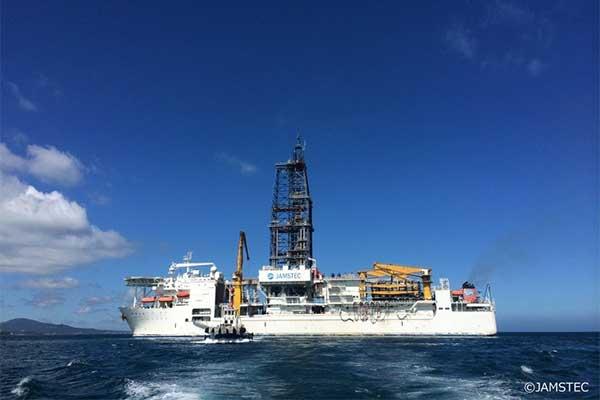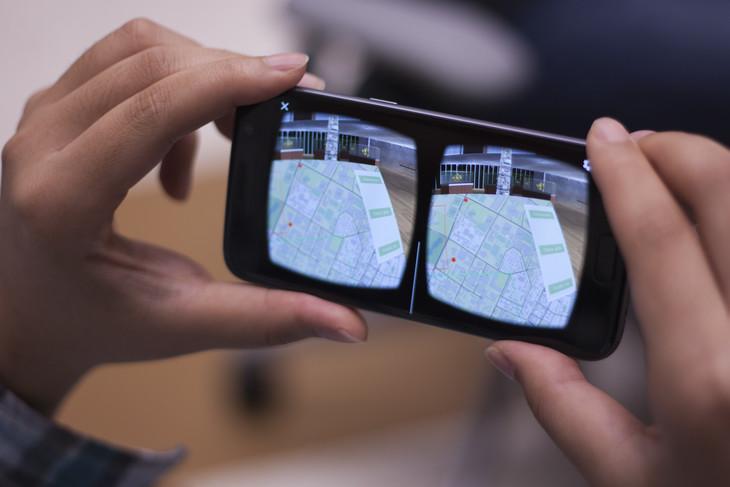Read the latest news about research conducted by investigators in the College of Earth and Mineral Sciences. Our faculty and students are continually advancing technology, creating solutions and expanding knowledge with new and innovative research.
News
The Human Health and the Environment seed grants for 2017 have been awarded to a pool of interdisciplinary researchers at Penn State. These seed grants were funded by eight separate Penn State research entities and institutes, which collectively contributed more than $500,000. “We had an exceptional pool of proposals from faculty across the university,” Tom Richard, director of the Institutes of Energy and the Environment, said. “The projects address emerging contaminants well as legacy environmental problems that seriously impact human health.”
Squid-inspired proteins can act as programmable assemblers of 2D materials, like graphene oxide, to form hybrid materials with minute spacing between layers suitable for high-efficiency devices including flexible electronics, energy storage systems and mechanical actuators, according to an interdisciplinary team of Penn State researchers.
An investigational compound developed by Penn State researchers that targets and destroys cancer cells while leaving healthy cells unharmed has been approved for phase one clinical human trials by the U.S. Food and Drug Administration (FDA).
Penn State DuBois Associate Professor of Mathematics and Geosciences Byron Parizek has been honored with the University College Faculty Scholar Award. In its inaugural year, the award will be given annually to a full-time or part-time faculty member in Penn State's 14-campus University College system who has demonstrated excellence in research, scholarship and/or creative accomplishments. It is also in recognition of significant and sustained contribution of research, scholarship and creative accomplishments accumulated during their employment at Penn State, as well as with undergraduate students, and to those who have had a significant impact on their academic field of study.
In 2016, a team of Penn State and U.S. Department of Energy researchers discovered a cost-effective and environmentally friendly way to extract rare earth elements (REEs) from coal and coal byproducts. Now, through a $1 million grant from DOE's Office of Fossil Energy, this research may be headed one-step closer to commercialization.
At about 2,000 degrees Fahrenheit, Carlo Pantano gets hands-on with his teaching and research. That’s when the Distinguished Professor of Materials Science and Engineering pulls melted glass from the crucible at his glass blowing studio in the ground floor of the Hosler Building and begins to shape a material that’s he’s dedicated almost 40 years to understanding. It’s a storied career at Penn State that ends June 30.
Michael Mann, distinguished professor of atmospheric science and director of the Earth System Science Center, Penn State, will receive the seventh annual Stephen H. Schneider Award for Outstanding Climate Science Communications from Climate One at the Commonwealth Club.
Understanding slow-slip earthquakes in subduction zone areas may help researchers understand large earthquakes and the creation of tsunamis, according to an international team of researchers that used data from instruments placed on the seafloor and in boreholes east of the Japanese coast.
Finding practical hydrogen storage technologies for vehicles powered by fuel cells is the focus of a $682,000 grant from the U.S. Department of Energy, awarded to Mike Chung, professor of materials science and engineering, Penn State.
A Penn State research group in the Department of Geography developed a mobile app that offers an immersive virtual tour of class gifts and public art across University Park.



